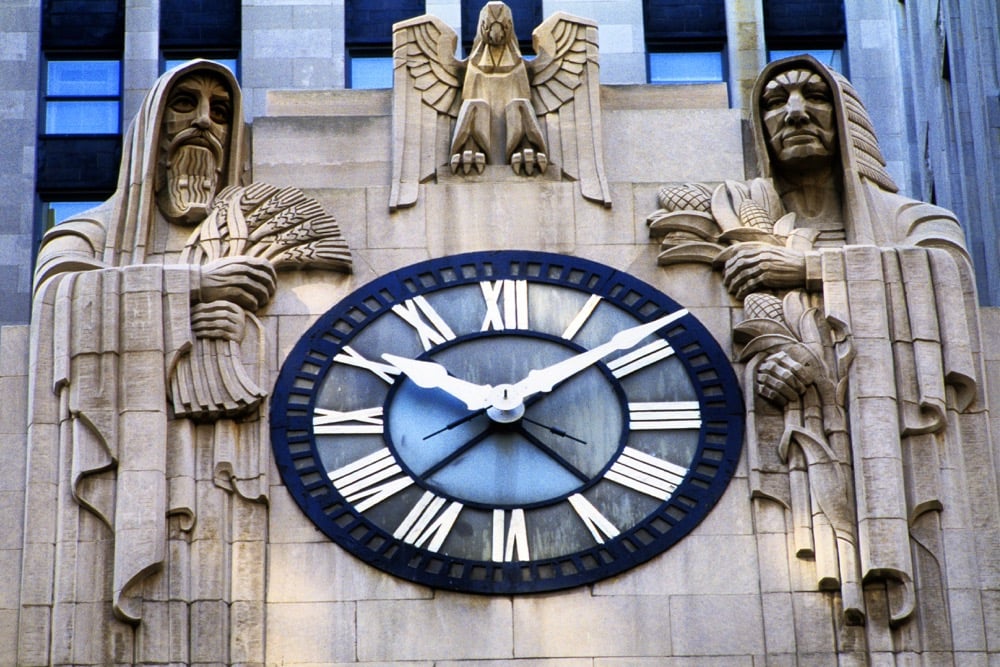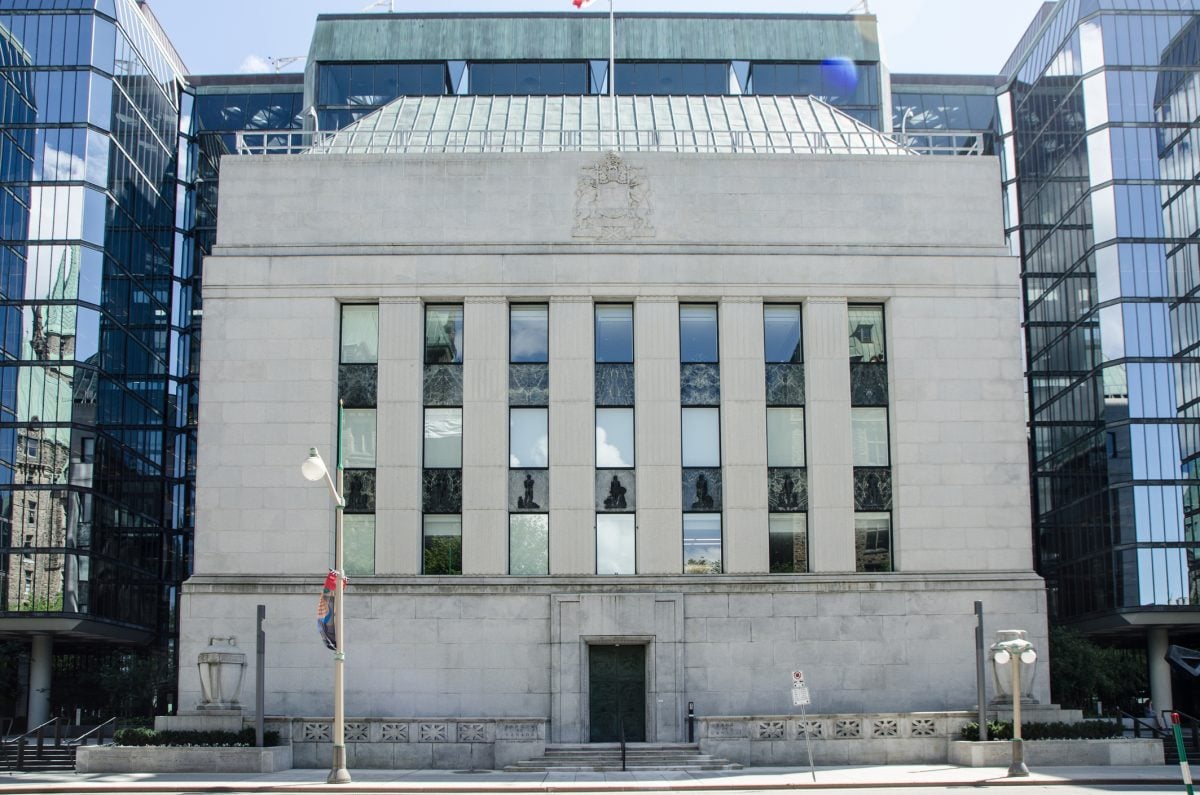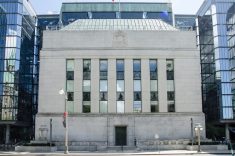Ottawa | Reuters — The Bank of Canada held its key policy rate at 2.75 per cent for the third time in a row on Wednesday, as expected, and said the risk of a severe and escalating global trade war had diminished.
But for the second consecutive quarter, the central bank declined to give detailed forecasts for the Canadian economy, citing the uncertainty around U.S. trade policy.
Why it matters: The Bank of Canada says the risk of a severe, escalating global trade war has diminished.
Read Also

U.S. grains: Soybeans rise on China demand hopes; corn and wheat rebound
Chicago Board of Trade soybean, corn and wheat futures rose on Monday on signs of progress towards the end of a record-long U.S. government shutdown, along with expectations of a revival of U.S. soybean exports to China, analysts said.
The bank also said that if the economy weakened further it could cut rates, provided upward pressures on inflation were kept in check.
Although Canada faces tariffs on three sectors, the overall effects have been contained. The economy has weakened only slightly, job growth is robust and closely-tracked metrics of core inflation are firm.
“Canada’s economy is showing some resilience so far… inflation is close to our two per cent target, but we see evidence of underlying inflation pressures,” said Governor Tiff Macklem.
The situation could change on August 1, the deadline for the United States and Canada to reach a trade deal and the date when U.S. President Donald Trump has threatened to impose 35 per cent tariffs on some Canadian goods.
The BoC aggressively eased rates by 225 basis points starting in June last year, but since March has paused as it waits to assess the impact of tariffs on the economy and prices.
“Since April, the risk of a severe and escalating global trade conflict has diminished,” the bank said in its quarterly monetary policy report. “Nevertheless, how U.S. trade policy will unfold remains highly uncertain.”
Three economic scenarios
Rather than issuing forecasts, the bank presented three different scenarios.
The first scenario assumes existing tariffs on steel, aluminum, automobiles and on goods not compliant with a continental free trade pact will be maintained, GDP contracts by 1.5 per cent in the second quarter of 2025 and rises by one per cent in the second half before reaching 1.8 per cent in 2027, while total inflation stays close to two per cent over the next two years.
The other scenarios look at the impact should tariffs around the world decrease or increase.
In the de-escalation scenario, lower tariffs improve the growth outlook and reduce the direct cost pressures on inflation while in the opposite scenario, higher tariffs weaken the economy and increase direct cost pressures, Macklem said.
“We will be following tariff developments closely and assessing indicators of underlying inflation,” he said, adding that the central bank would continue to support economic growth while ensuring inflation was controlled.
“If a weakening economy puts further downward pressure on inflation and the upward price pressures from the trade disruptions are contained, there may be a need for a reduction in the policy interest rate,” he said.
Money markets assume a more than 81 per cent chance of another hold in interest rates in September and do not expect any more cuts this year.
“The Bank appears to be getting a little more comfortable with the notion that the Canadian economy will need the support from further interest rate cuts in the future,” Andrew Grantham, senior economist at CIBC Capital Markets wrote in a note.
“It is clearly not there yet and upcoming data will remain more important,” he added.
The Canadian dollar weakened after the monetary policy report and traded down 0.30 per cent to 1.3811 to the U.S. dollar, or 72.41 U.S. cents.
— Additional reporting by Fergal Smith, Nivedita Balue and Anna Mehler Paperny.













